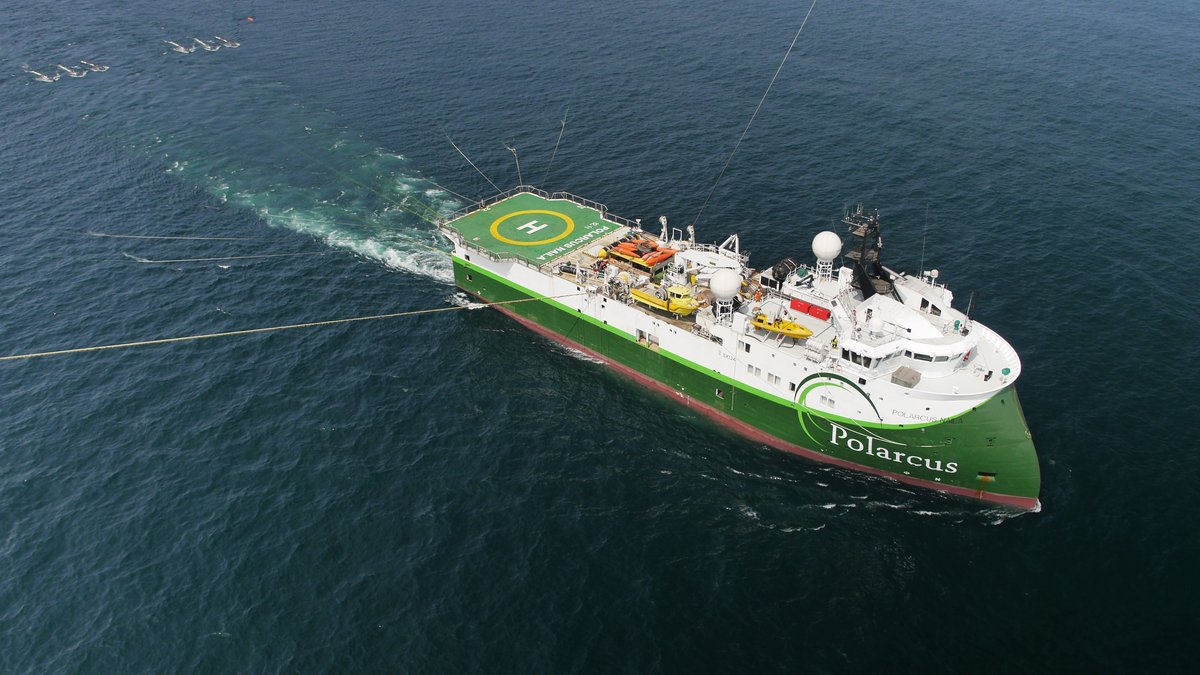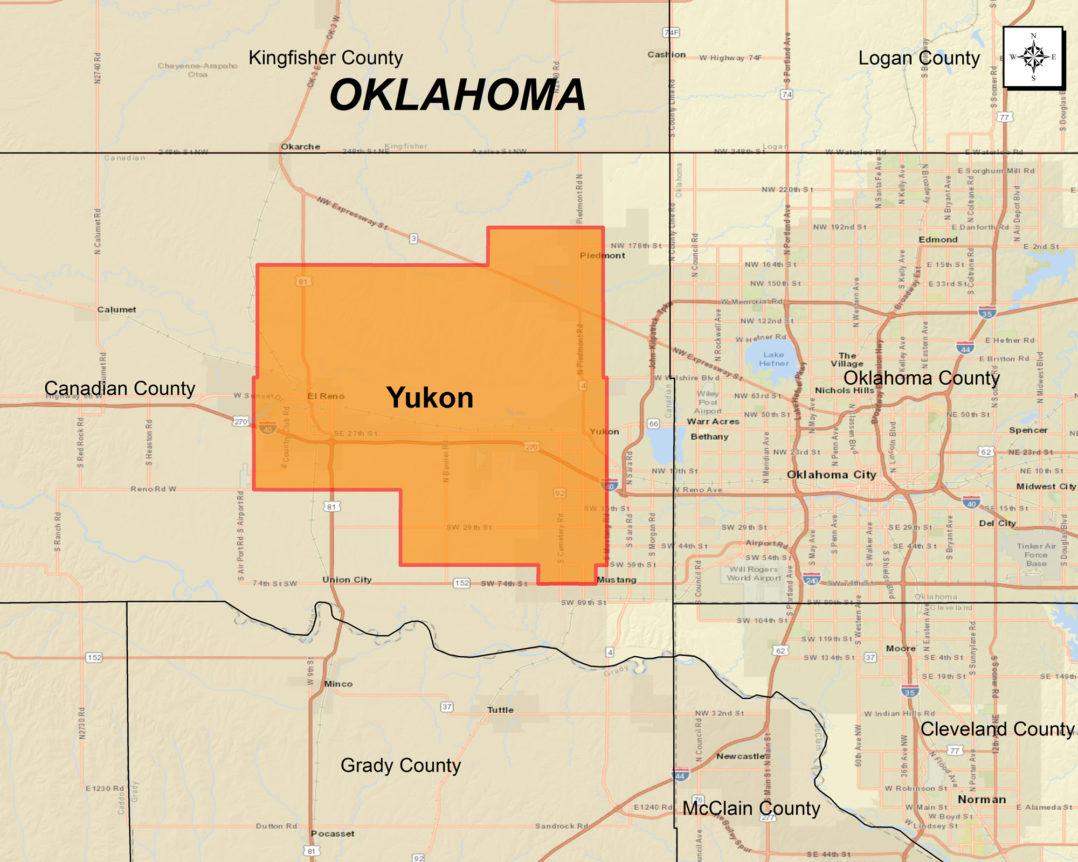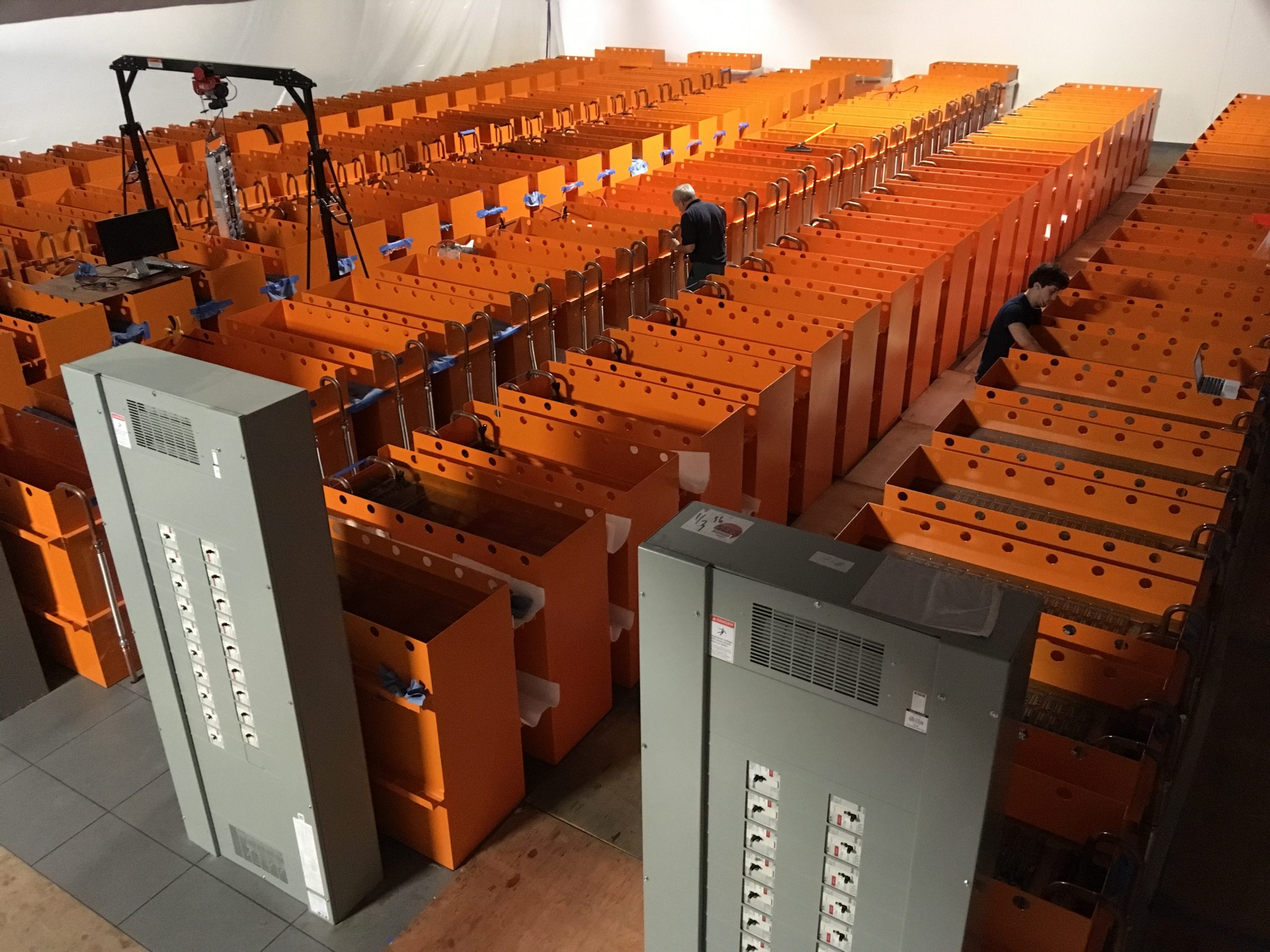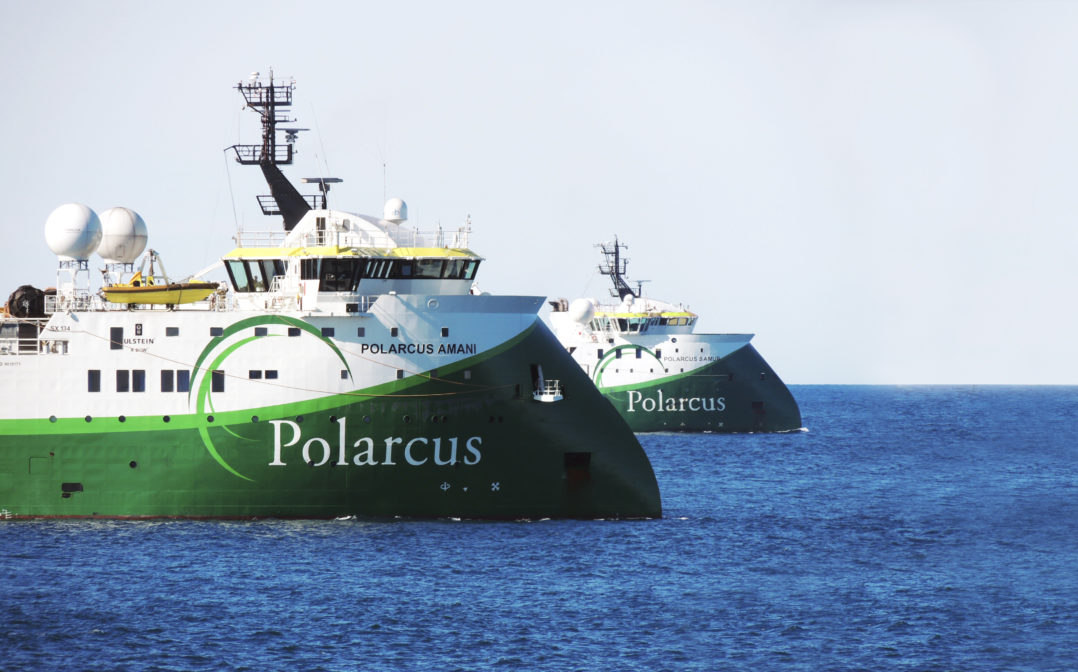Polarcus has sold its Capreolus 3D survey offshore Australia.
Polarcus said the 22,130sq km Capreolus 3D survey was sold by a company subsidiary in return for a cash consideration of US$6.5 million.
Polarcus said the transaction would result in a non-cash gain of approximately $4.9 million and is subject to the execution of ancillary agreements with a target closing date on or before July 31, 2018.
Last month Polarcus was awarded an XArray 3D marine seismic acquisition project in northwest Europe. The company said the start of the two-month project was imminent.
Earlier this year Polarcus completed the latest phase of the Cygnus survey, offshore Australia. The newly acquired data covers AC17-2, AC/P-21 and AC17-3 and expands the total acquired data coverage to over 5,700 sq km.
The Cygnus regional multi-client survey is being acquired in a number of Phases across the Vulcan Sub-basin, and is designed to provide a basin-wide, high quality broadband 3D seismic dataset to exploration and development companies over this proven hydrocarbon province.
The first two phases across the Vulcan sub-basin were completed in 2016, and acquisition of Phase 3 North followed in January.
Polarcus said: “There is substantial ongoing interest in exploration in the Vulcan Sub Basin. In an area notoriously difficult for imaging, the new Cygnus data is delivering a step-change in the subsurface imaging. With Phases 1, 2 and now Phase 3 North complete, planning has commenced for acquisition of Phase 3 South and Phase 4 later in 2018.
“With existing production and infrastructure in place in this relatively shallow water area, this brownfields environment provides exactly the kind of infrastructure led exploration which E&P companies are looking for in the current environment. The new long-offset data is now allowing identification and fuller understanding of both existing and new plays in the basin and is re-generating interest across the area.”
The main exploration targets in the Vulcan Sub-basin are sandstones in the Upper Triassic Challis and Nome Formations, fluvio-deltaic sandstones of the Middle Jurassic Plover Formation, Oxfordian shoreface/barrier bar sandstones of the Montara Formation, Tithonian submarine fans of the upper Vulcan Formation and submarine fans of the Upper Cretaceous Puffin Formation. Plays occur in stratigraphic traps, pinchouts, unconformity truncations, tilted fault blocks, horst blocks and anticlines.
Historically, sub-optimal acquisition and processing strategies have been unable to address the geological and geophysical challenges, such as the energy absorption and multiple issues caused by the thick Late Cretaceous-Tertiary carbonates.
To overcome these challenges, Polarcus said it has acquired the various phases of this survey in the structural dip direction using an XArray™ configuration of 10 x 112.5m x 8,100m with a 12.5m triple-source shot interval and continuous recording, “delivering 33% improved cross line sampling without any interpolation”.
The data is being processed through a high-end anisotropic pre-stack depth migration sequence by DownUnder GeoSolutions.





